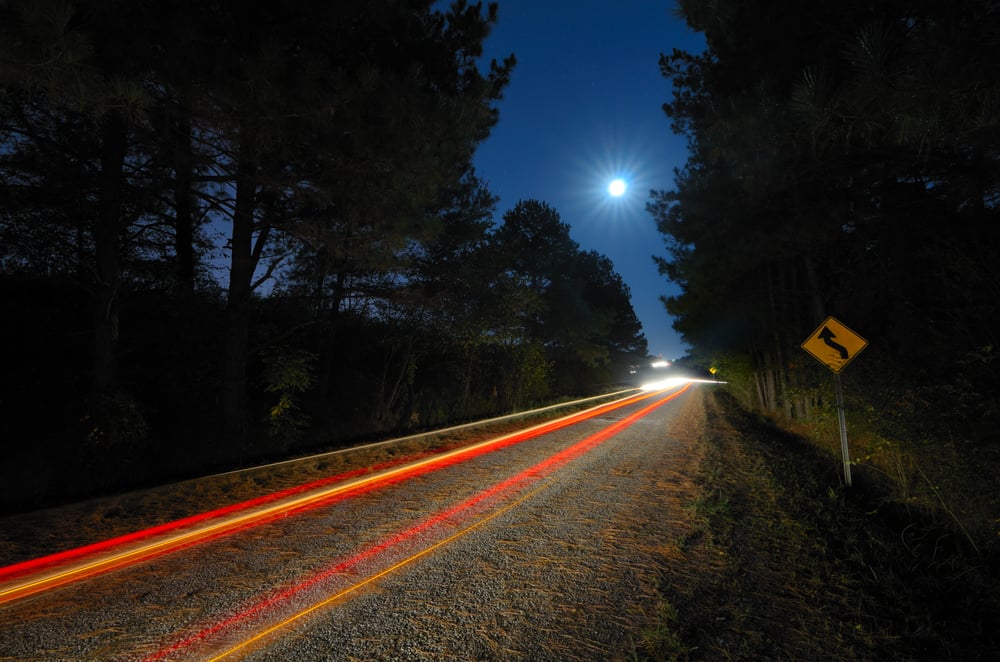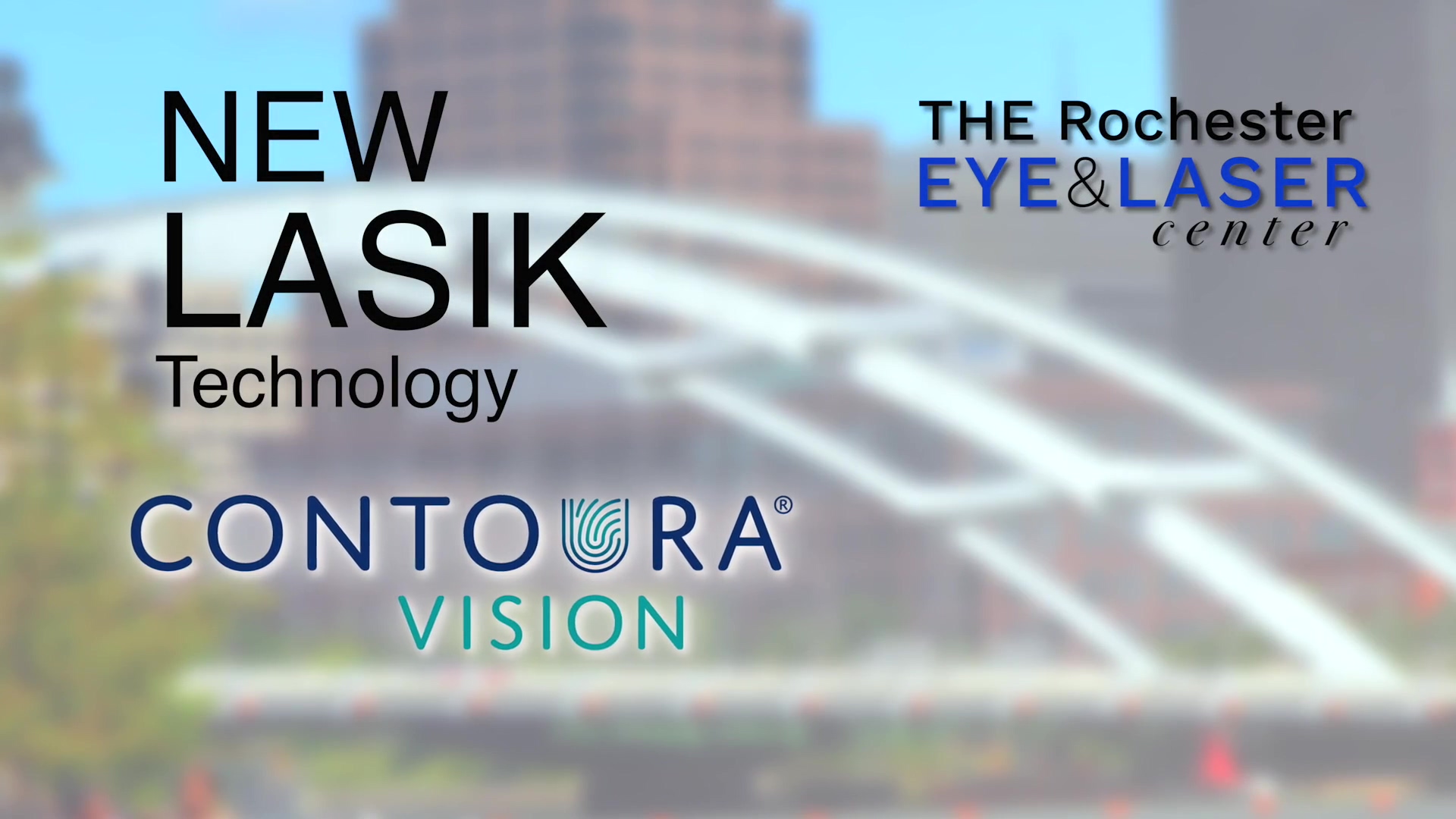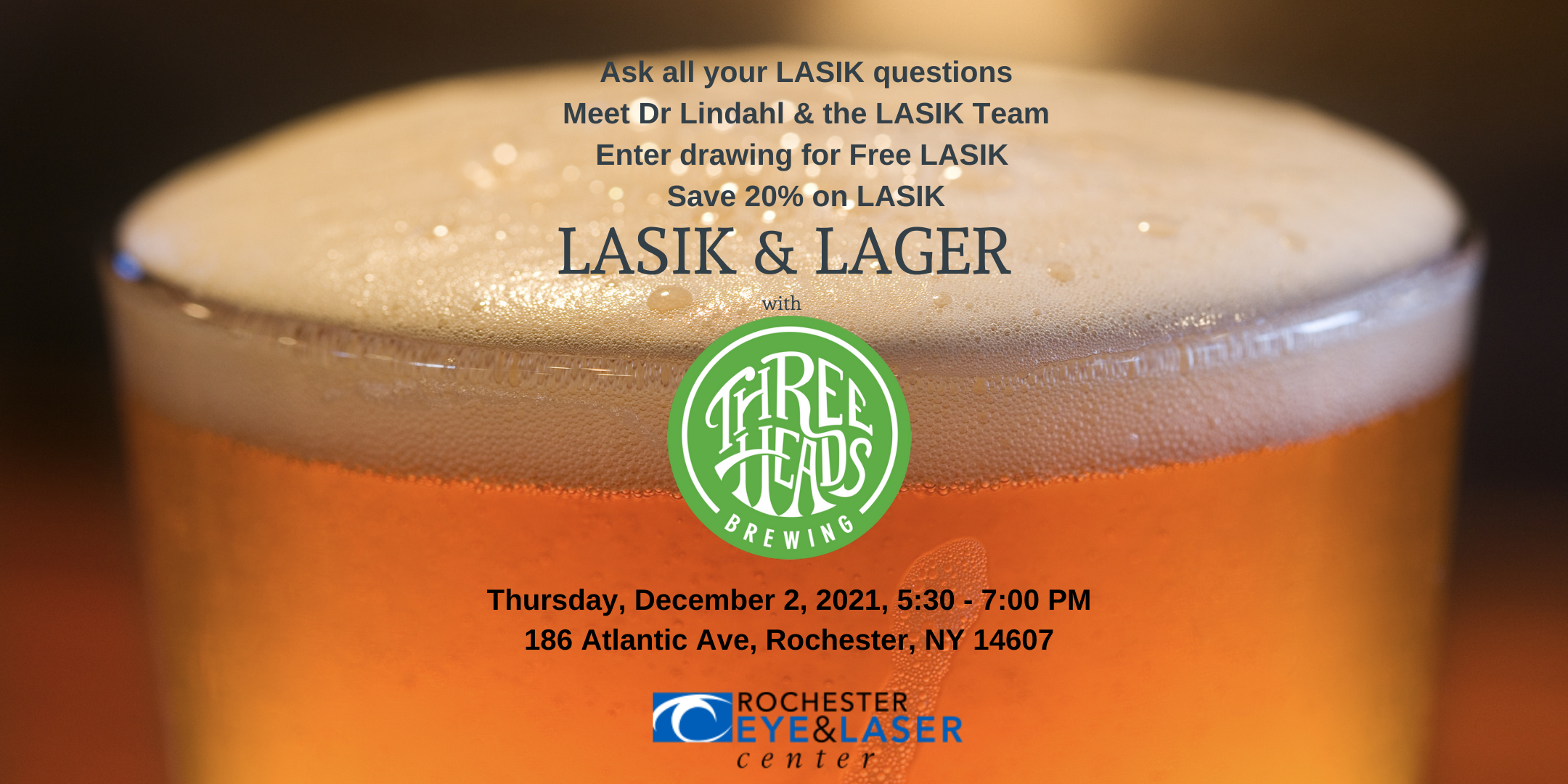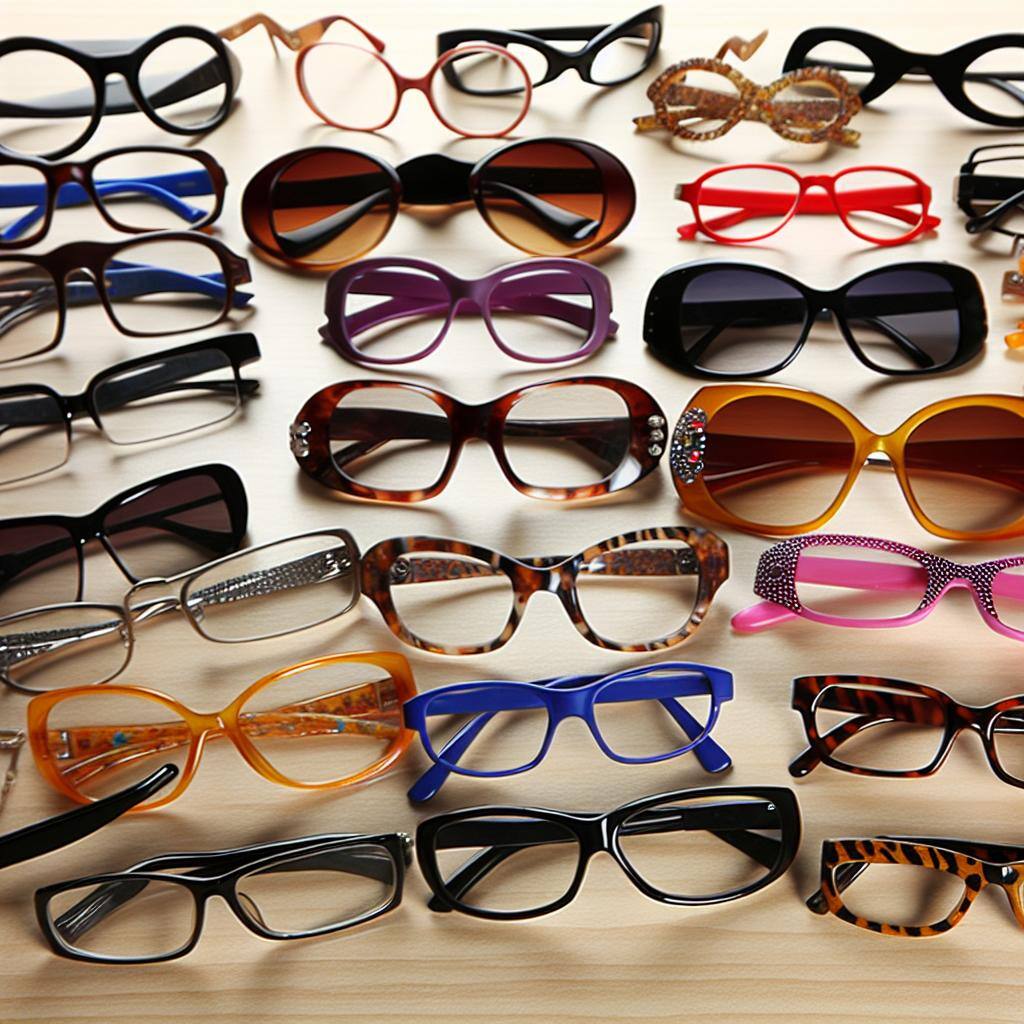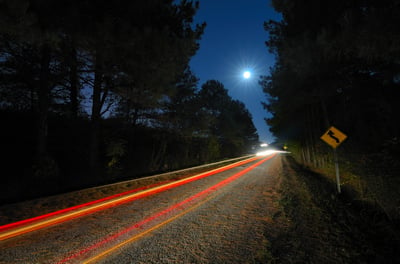
Most people think that LASIK will improve their night vision. And yes, it will! But the question is: will you actually be able to see better at night?
The answer is maybe!
Not every individual who undergoes LASIK surgery will experience significant enhancements in their night vision, but some will. The quality of nighttime vision is influenced by multiple factors, such as the initial condition of the cornea and lens before LASIK, the duration since the surgery, and the amount of exposure to bright light during the recovery period.
The outcome is influenced by various variables: the level of light pollution in your residing area, your occupation involving outdoor work, and the importance of nighttime activities for your job or family life.
A free LASIK Consultation done by an optometrist or ophthalmologist (eye doctor) will help determine if LASIK would benefit your lifestyle needs before making a decision about having this surgery done.
When most people think about night vision and driving, they're actually thinking about halos and starbursts
These visual disturbances, such as halos and starbursts, occur due to the scattering of laser light within the eye instead of being properly focused on the retina. Although this may initially appear to be a concern related to LASIK surgery, it is typically not the primary cause. If you experience halos or starbursts after undergoing LASIK (which is common for many individuals), it is more likely due to other factors that affect your eyes' ability to focus accurately at various distances and adapt to shape changes while in motion. The solution is often as simple as consulting your Ophthalmologist to ensure that everything is functioning correctly before driving at night.
In order to see well at night, your pupil needs to dilate
While some individuals are fortunate enough to naturally have large eyes that allow for excellent vision in the dark, most people with light-sensitive eyes struggle to let in enough light when they are outside at night or in poorly lit rooms. This is because the size of your pupils is generally determined by the brightness of your surroundings. When there is limited light and your eyes require more illumination for optimal viewing, your pupils will naturally be smaller.
However, despite this inherent limitation on pupil size, your eyes may still gradually adjust to darker conditions and dilate accordingly for improved nighttime vision. This adjustment process may not occur immediately, but rather takes some time for our eyes to become accustomed to the darkness. It may happen within minutes of entering a dimly lit area or within seconds of being exposed to bright artificial lighting, such as headlights while driving at night.
If you have a large pupil size—and it only needs to be larger than 6 millimeters wide—your eye surgeon will likely recommend that you wait until your pupils are smaller before having laser eye surgery
The size of your pupils is dependent on the amount of light available, which is why they're larger in the daytime and smaller at night. The distance between your iris (the colored part of your eye) and its edge defines this measurement. If you have large pupils, laser eye surgery may be riskier for you because it will be more difficult for your surgeon to tell what's going on inside your eyes during surgery.
The best way to get an accurate measurement is to use a ruler or special tool called a pupillometer—but there are other ways as well. This is something your doctor will discuss with you during your visit.
Understand the difference between seeing better at night and halos and starbursts when considering laser eye surgery
Laser eye surgery is a life-changing decision, offering immense benefits. However, it's crucial to understand the distinction between improved night vision and the occurrence of halos and starbursts when contemplating this procedure.
Halos are a result of the laser creating a flap in the cornea during preoperative treatment. This flap can impact the way light reflects off the cornea, affecting the amount of light that enters the eye for certain individuals. If you fall into this category, halos may be more noticeable at night due to the limited light reflecting on your iris.
On the other hand, starbursts occur when the laser reshapes the cornea without creating any flaps. This rounder shape allows more light to enter the eye, leading to starbursts while driving or looking at lights during twilight hours.
If your goal is to have excellent night vision, there's no need to worry about halos and starbursts. The key is to have a pupil size smaller than 6 millimeters wide. The great news is that after laser eye surgery, the majority of patients easily achieve this goal.
Come to our next free Virtual LASIK Seminar on October 19th at 5:00 and learn more about LASIK and automatically be entered into the December drawing for a free LASIK procedure!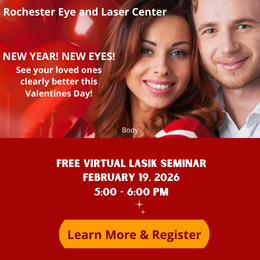
 The Rochester Eye & Laser Team
The Rochester Eye & Laser Team
